
The Truth and Reconciliation Commission (TRC) of Canada, established in 2008, addressed the historical abuse in the residential school system. In 2015, the TRC issued 94 Calls to Action, covering education, health, justice, language, child welfare, and reconciliation. These calls aim to acknowledge the impact of residential schools, bridge socio-economic gaps, and promote reconciliation. They stress the importance of recognizing Indigenous rights, cultural understanding, and implementing the UN Declaration on the Rights of Indigenous Peoples. Overall, the Calls to Action serve as a guide for healing and building respectful relationships between Indigenous and non-Indigenous communities in Canada.
Each of the TRC Calls to Action is represented by an image of traditional Indigenous plant medicine.
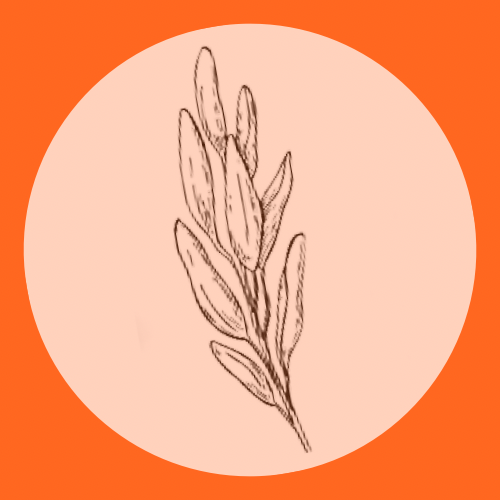
Medicine: Sage
Sage is used for all teachings to bring clarity and wisdom. It is considered a female medicine that cleanses the spirit and body.
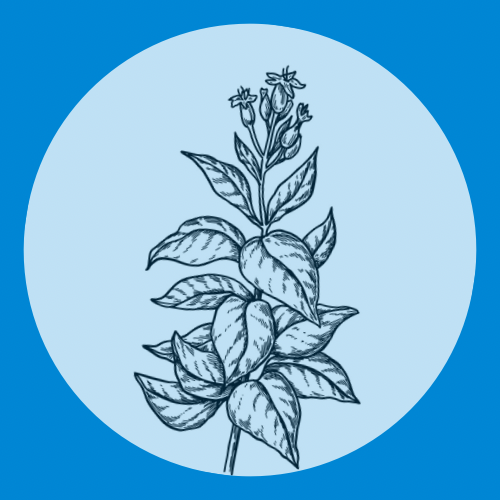
Medicine: Tobacco
Tobacco is believed to be a gateway or a bridge between the Earth and Spirit realms. Historically, if tobacco is offered and accepted, then there is a sacred promise sealed. It acts like a commitment made by people and supported by the Spirit World.
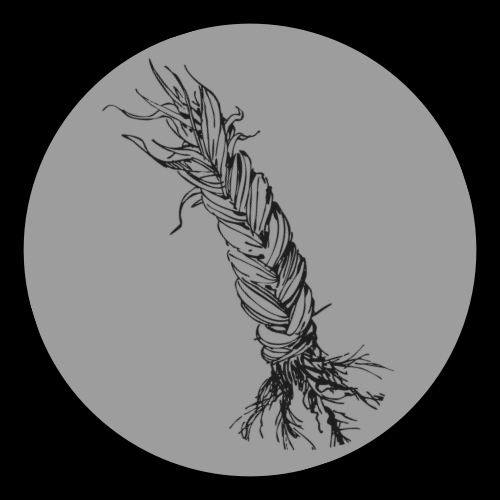
Medicine: Sweetgrass
Sweetgrass symbolizes kindness – as this plant only bends when walked upon and never breaks – may we too remember that if injustices are done upon us may we hold kindness in our hearts and not react with hostility.
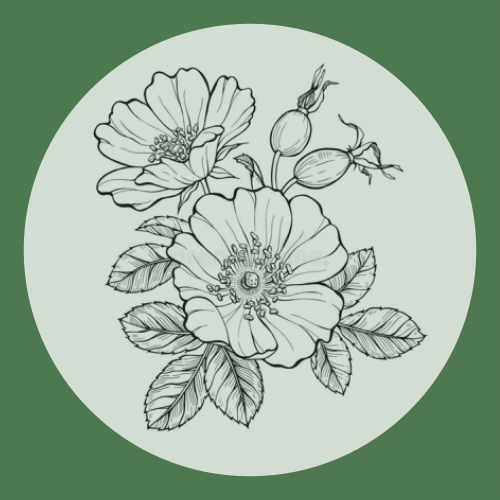
Medicine: Wild Rose
Wild Rose is a symbol of beauty, grace, protection, and love.
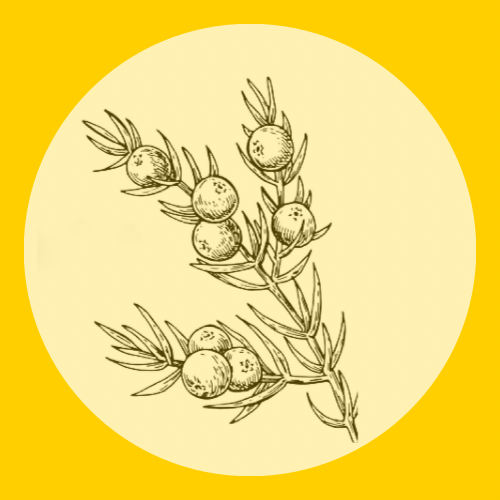
Medicine: Juniper
Juniper is a cure-all healing plant coveted for its antibacterial and antimicrobial properties. Use internally or topically and juniper can heal a variety of aches and pains.
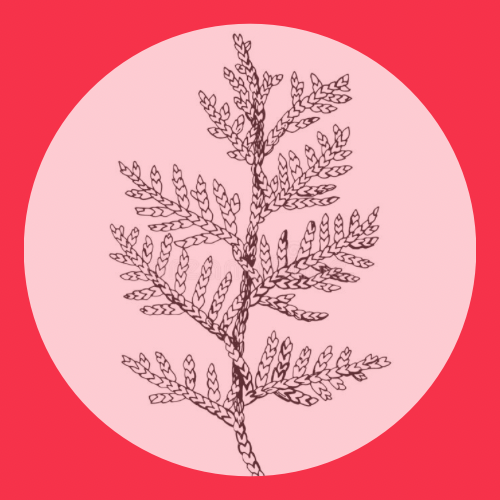
Medicine: Cedar
Cedar has protective properties and the ability to purify and bring balance.
